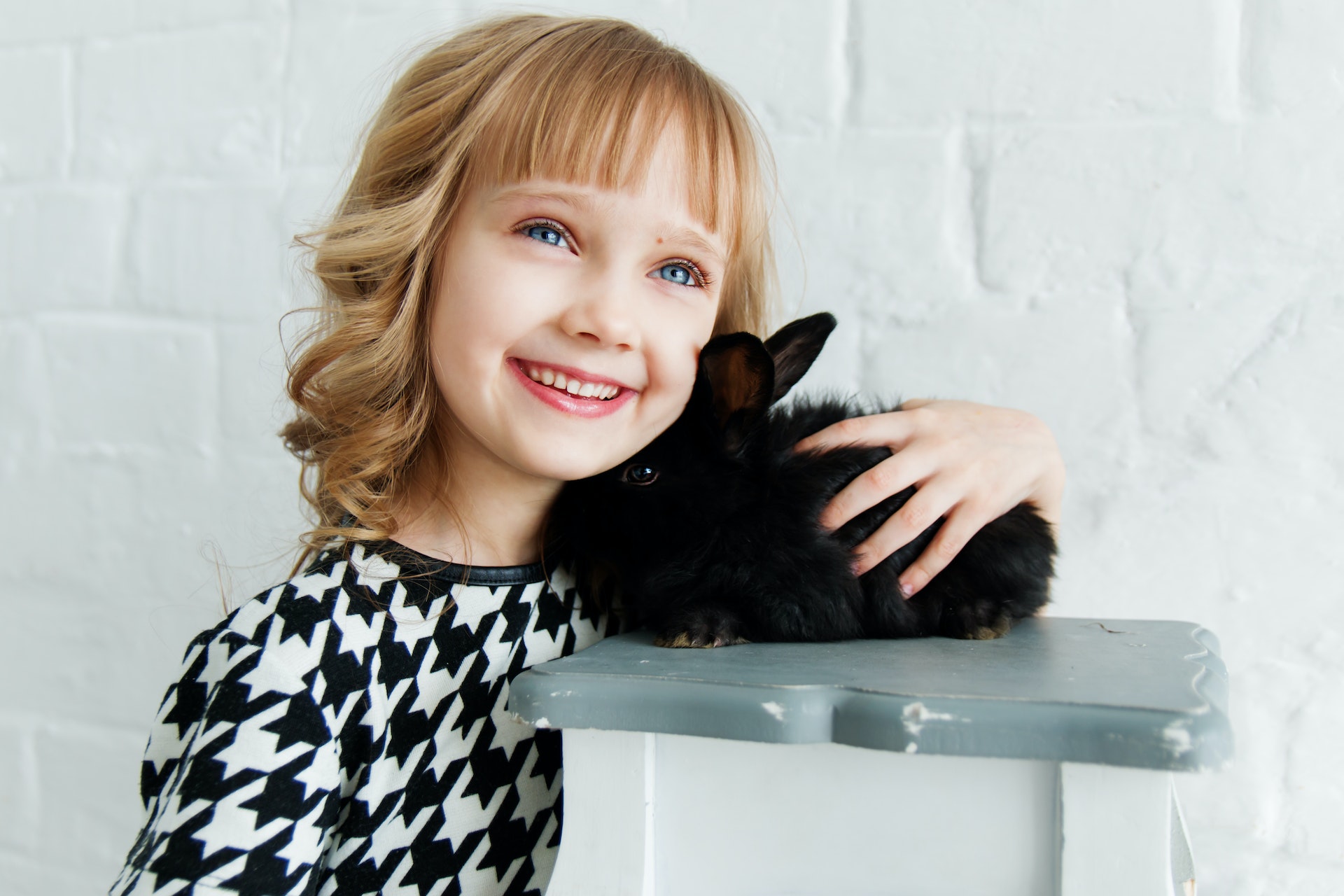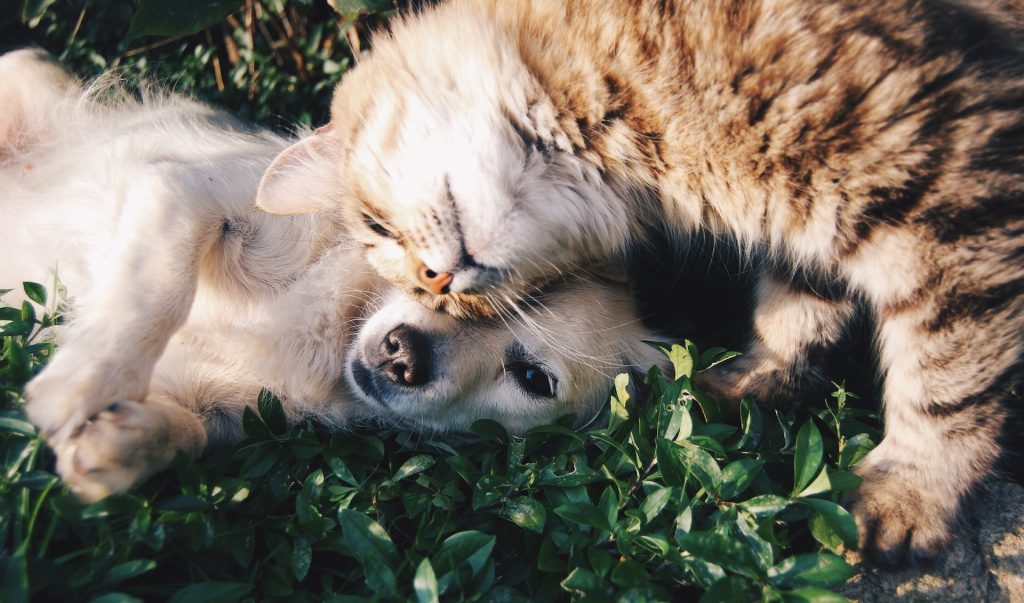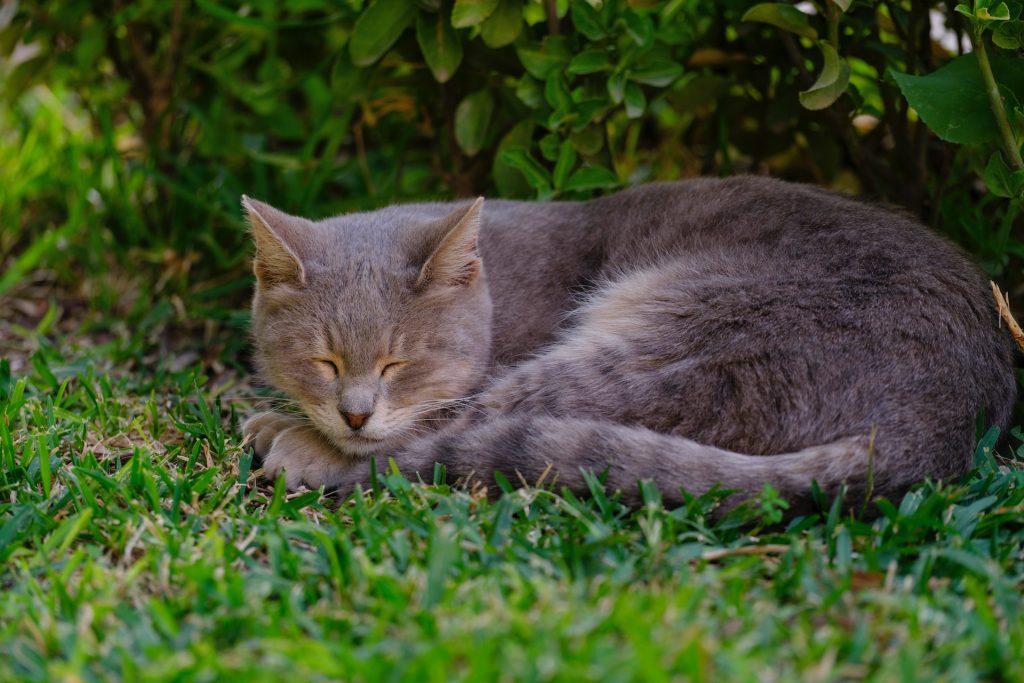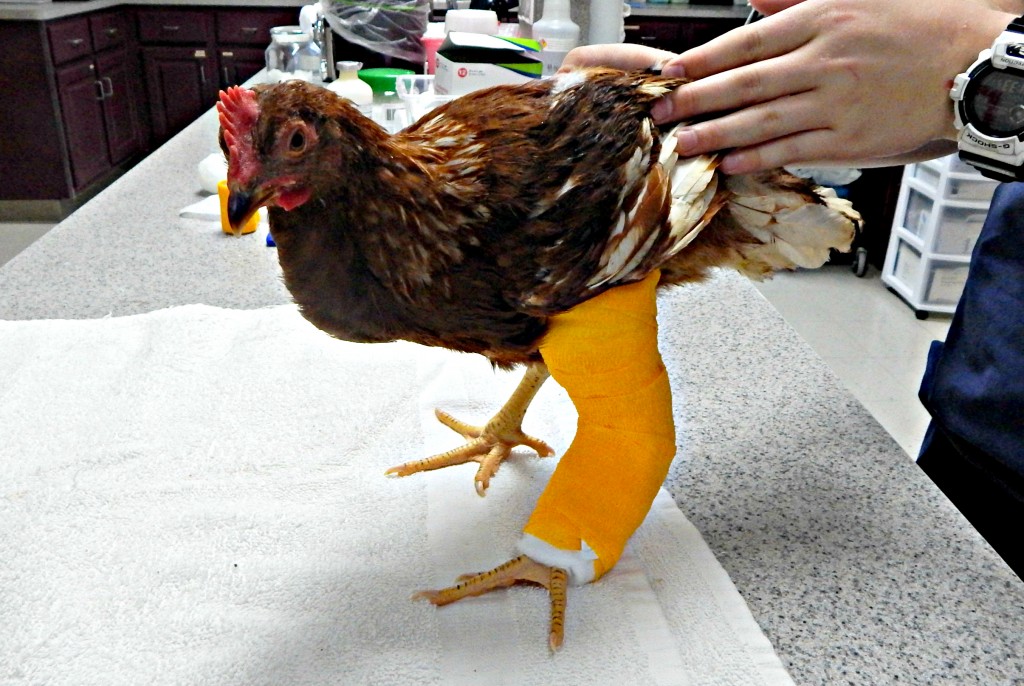
Pets can have a very positive impact on children. Not only can they provide children with a sense of responsibility and care-giving, but they can also serve as a source of emotional support and companionship. Children with pets often form strong emotional bonds with their furry friends, which can help to promote their social and emotional development.
One study found that children who had a pet dog or cat at home had higher levels of self-esteem, were more responsible and empathetic, and had better social skills than children who did not have a pet. Another study found that children who had a strong bond with their pet also had a greater sense of attachment and social connectedness with their human family.
Pets can also have physical health benefits for children. For example, children who have a dog or other pet that they walk or play with regularly may be more physically active, which can help to reduce the risk of obesity and other health problems. In addition, pets can provide children with a sense of comfort and security, which can help to reduce stress and anxiety.
Despite the many benefits of having a pet, it is important for parents to be mindful of their child’s age and maturity level when choosing a pet. Children should be able to understand and follow basic pet care instructions, such as feeding, watering, and cleaning up after their pet. It is also important to teach children how to interact with pets in a way that is safe and respectful.
Overall, children with pets can experience many positive benefits, including emotional and social support, a sense of responsibility, and improved physical health. However, it is important for parents to choose the right pet and to teach their children how to care for and interact with their pet safely and responsibly.








 There is a common belief that cats do not show the same level of affection towards their owners as dogs do, and therefore do not “love” their owners as much. However, this is not necessarily true. Cats and dogs express love and affection in different ways, so it is not accurate to compare the two.
There is a common belief that cats do not show the same level of affection towards their owners as dogs do, and therefore do not “love” their owners as much. However, this is not necessarily true. Cats and dogs express love and affection in different ways, so it is not accurate to compare the two.














